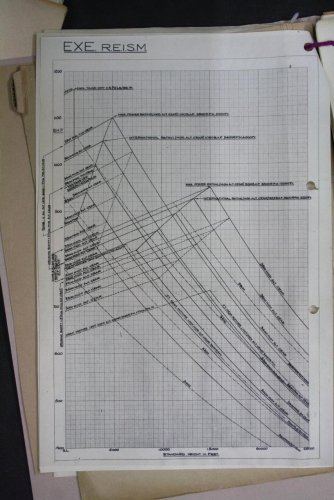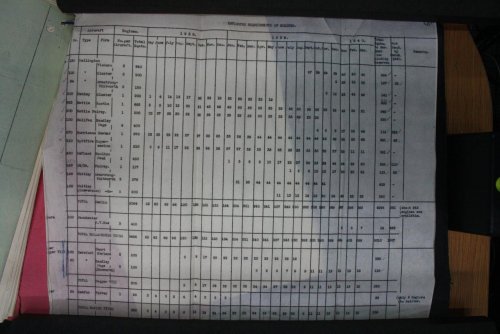R-R did do well in WW2 with conservative V12 designs - intensively developed - by an excellent team.
By contrast, R-R did not do so well with their 24 cylinder engines, & gave up on amazing stuff like Crecy..
Here is a current DOHC conversion - built to overcome the propensity for R-R valve gear to 'dissolve'
under the brutally high stress rigours of racing.
http://www.cottamengineering.com.au/tractor_pulling.html
By contrast, R-R did not do so well with their 24 cylinder engines, & gave up on amazing stuff like Crecy..
Here is a current DOHC conversion - built to overcome the propensity for R-R valve gear to 'dissolve'
under the brutally high stress rigours of racing.
http://www.cottamengineering.com.au/tractor_pulling.html





